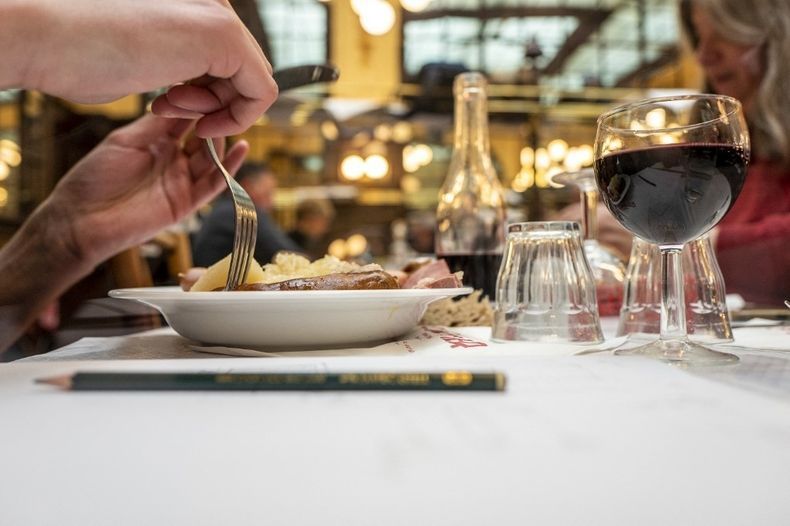Marianne: Your essay aims to fill a gap in the culinary and gastronomic history of Paris. In what way is Paris the city of culinary revolutions par excellence?
Patrick Rambourg: Paris has always been a place of culinary debates and intellectual ferment. It is home to the best chefs who cater to a gourmet elite that concentrates there. The city sets the tone for good eating and good drinking. In a capital where the idea of novelty reigns, cuisine is at the heart of conversations, especially in the 1730s-1740s when there is much talk of a new cuisine that is considered simpler and lighter but is controversial. Scholars seize upon the subject, and the whole city is abuzz. It is in this context of emulation that Paris invents the restaurant about twenty years later. The success is immediate, and the establishment becomes a true institution. Its popularity is such that Denis Diderot mentions it in his correspondence with Sophie Volland: one can eat there at any time, at one’s own table or even in a private room, and choose what to eat from a menu that lists the dishes.
READ ALSO: Tan Dinh restaurant, or Vietnamese culinary genius in the heart of Paris
From then on, Paris becomes the city of restaurants, some of which acquire international renown. In the early 19th century, the capital also contributes to the success of gastronomic discourse with the emergence of a new gastronomic literature. Alexandre Balthazar Laurent Grimod de la Reynière initiates the movement with his “Almanachs des gourmands” which are published between 1803 and 1812. Jean Anthelme Brillat-Savarin perpetuates the movement by publishing “Physiologie du goût” in 1826. Gastronomic knowledge thus becomes an asset for all those seeking savoir-vivre, as having a good table is “the motive behind all Parisian ambitions.”
How did Paris become a “paradise on earth where nothing is lacking” in the Middle Ages?



